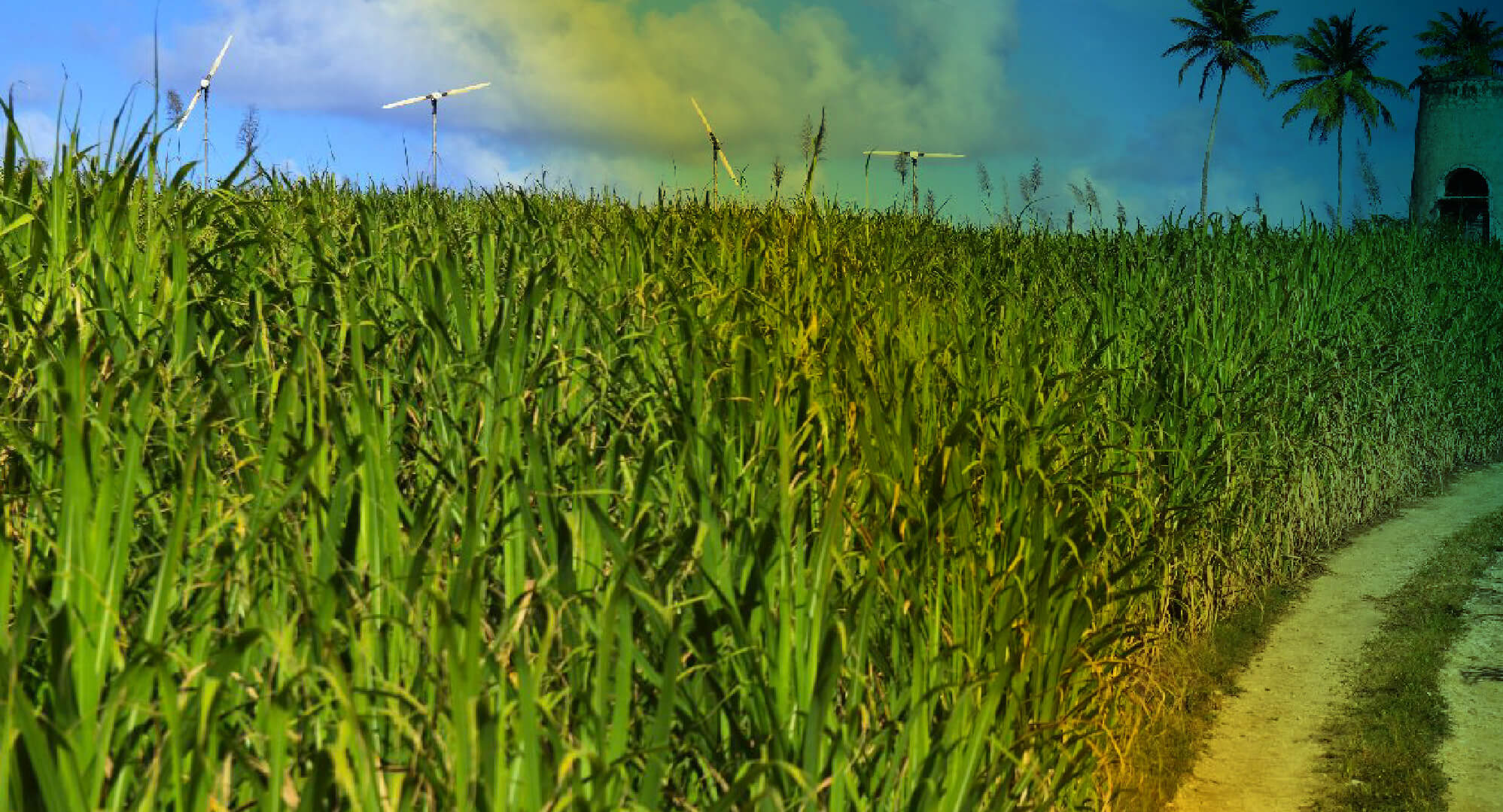Sugar production occurs globally, but Guatemala stands out among the world’s producers because of the holistic, sustainable way in which it produces sugar. With a focus on being environmentally and socially responsible, the Guatemala Sugarcane Agroindustry contends globally as a sustainable, competitive sector by applying a successful synthesis of state-of-the-art techniques and approaches and employing a dedicated, well-trained work force.
The progress the industry has made since its inception in fulfilling this mission has transformed Guatemala into an economic driver, a catalyst for sustainable cultivation and processing practices, as well as a strong advocate for social development.
In the last five years, Guatemala has exported to the world more than 14 million metric tons of sugar that places it as the third largest sugar exporter in Latin America and the sixth in the world, according to the International Sugar Organization.

Guatemala produced 2,608,405 MT during the 2022-2023 Zafra.

Sugar is the main agricultural export product of Guatemala (60% of the production is exported).
The sugarcane produced in Guatemala exemplifies sustainability and productivity: its byproducts have the potential to expand the utility of sugar and create renewable energy, pharmaceutical products, ethanol and even household products. As innovation continues to expand sugarcane’s capabilities, the super plant increases its impact on Guatemala’s environment, communities, and economy with each harvest.
What is Sugar The Sugarcane Industry?
The Sugarcane Industry aims to connect the operational benefits of sugar production with the positive impact it brings about in a variety of areas pertinent of environmental and social responsibility. The Sugarcane Industry seeks to highlight the industry’s role in job creation, the conservation of natural resources, the generation of clean energy and community building, along with many other benefits for the country and everyone who is somehow involved with Guatemalan Sugar.
Who is behind it?
The sugar mills, through the Guatemalan Sugar Producers Association (ASAZGUA) and its other partner organizations.
Purpose
Present what’s behind sugar production in Guatemala, which is more than the mere production of sugar and has taken years of development, effort and transformation. We know where we are today, and we are also conscious that there are still things to do, that is why, as we have managed to identify the areas of opportunity, we have also made commitments for the upcoming years.
The history of sugar in Guatemala goes back to the XVI Century. According to historical records, Cristopher Columbus first brought sugarcane to the New Continent. Sugarcane is an originary plant from Southeast Asia; the oldest record is from the year 1,000 B.C., in India.
Sugarcane was not important until the Indians discovered methods to turn the juice from the cane into crystals, which were easier to store and transport.
The crop of sugar in Guatemala began in the XVI Century in an artisanal way, until 1587, when trapiches began to be used and the City Hall of Santiago promulgated the ordinances of the guild “of the makers of sugar”.
The first mill on record dates from 1591. During centuries, sugarcane was cropped and harvested in a very traditional way, but as the sugar industry began to grow, the sugar mills began looking for ways to associate. On December 19th, 1937 the “Sugar Consortium” was formed. In that time, the sugar exports consisted barely on 13% of the production.
On September 17th, 1957 the Guatemalan Sugar Association – ASAZGUA – was created as the entity for growth and development of the Guatemalan Sugarcane Agroindustry.
Five centuries have passed, and the sugar sector evolved from the modest trapiches to modern factories. More than 60 years of work have allowed the sector to position itself worldwide for its quality, efficiency and innovation.
Nowadays, Guatemala is the sixth largest exporter of sugar worldwide, the third in Latin America, and the third most productive in the world. The sugar sector generates 55 thousand direct jobs and 278 thousand indirect. It is the second most exported agroindustrial product in the country, and generates currencies that have exceeded one billion dollars.
In Guatemala, sugarcane is more than just a plant to produce sugar. The waste during the process of sugar is used to generate renewable energy and produce alcohol. Guatemala is recognized for its leadership in the generation of energy from the bagasse (biomass). The Guatemalan Sugarcane Agroindustry generated 988 GWh renewable energy during the 2021-2022 Zafra, this has allowed the mills to be self-sufficient and provide the country with 30% of the national energy demand during harvest season. This has also prevented 4 million tons of CO2 from reaching the environment.
Sugar producers in Guatemala work under norms and guild policies as part of social responsibility, regulating activities with the objective of guaranteeing basic labor conditions and operation standards. Compliance of the policies is subject to annual external audits.
The Guatemalan Sugarcane Agroindustry is recognized internationally for its contribution to the elimination of child blindness in the country through the fortification of sugar with vitamin A, and since 2008 with the fortification of sugar with iron to fight anemia in specific locations.
The Guatemalan Sugarcane Agroindustry through the Sugar Foundation – FUNDAZUCAR- promotes social programs on education, health and community development. These programs are aligned to the Sustainable Development Goals promoted by the UN.
Being globally competitive has been a long road, and required vision and transformation.
The Guatemalan Sugarcane Agroindustry, apart from sweetening life for millions of people in the world, is a promoter of development in the country.
Guild association has allowed the sugar industry to create partner organizations that have been the key to the development, growth and sustainability of the Guatemalan Sugarcane Industry.
























